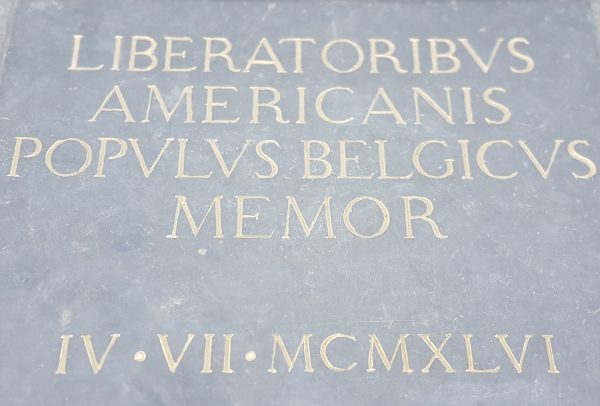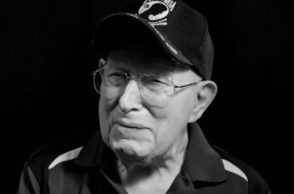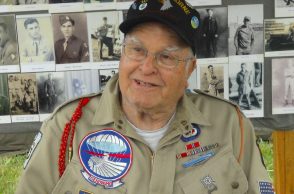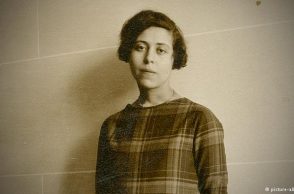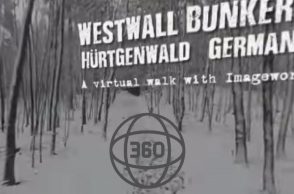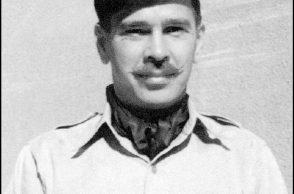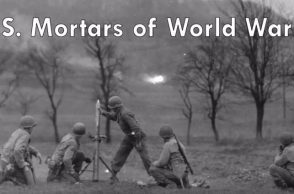‘LIBERATORIBUS AMERICANIS POPULUS BELGICUS MEMOR IV VII MCMXLVI’, engraved on a marble marker in the atrium of the monument demonstrates the gratefulness of a nation that was freed from fear and oppression.
‘The Belgian people remember their American liberators-4 July 1946’ was tattooed on top of the Mardasson hill on Independence Day, 1946. General Gerald J. Higgins, the Assistant Commander of the 101st Airborne Division in Bastogne and Mr. Paul van Zeeland, president of the ‘Association Belgo-Américaine’ were among the officials attending the ceremony.
Some soil, ‘soaked with the blood of American soldiers’, excavated from the hill, was collected in a green malachite urn that day. This grim memento of American sacrifice was presented to President Truman in Washington on July 10, 1946 by the Belgian Minister of Defense Colonel Raoul de Fraiteur and Baron Sylvercruys, the Belgian ambassador to the US. The urn containing the ‘Bloody Soil’ is now preserved in the Harry S. Truman Library and Museum in Missouri.
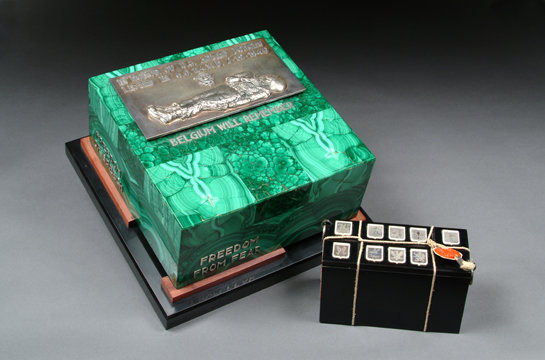
Urn with the ‘Bloody Soil’ of Bastogne. Photo courtesy of Harry S Truman Presidential Library & Museum
The construction of the thirty nine foot high monument was seriously hampered to the waterlogged ground. According to local residents Mardasson originates from the French ‘mare à joncs’, which means pond reeds, while in the Walloon dialect it stands for ‘muddy fields’. Hundreds of tons of dirt were scraped off its peak to obtain a solid foundation for building the largest memorial dedicated to the eight hundred thousand American soldiers who participated in the ‘Battle of the bulge’, until today , the largest ground battle fought in the history of the United States Army. The outer pillars bear the insignia of the participating units while the interior summarizes the course of the battle as noted by the Chief US Army Combat Historian, General S.L.A. Marshall. All fifty states of America are alphabetically ranked on the crown except for Pennsylvania, which was shifted when Hawaii and Alaska became part of the Union, in 1959. A stairway on the southern edge of the site leads you to a crypt that stages three altars representing the Catholic, Protestant and Jewish religions with the Chimes of Liberty resounding every fifteen minutes.
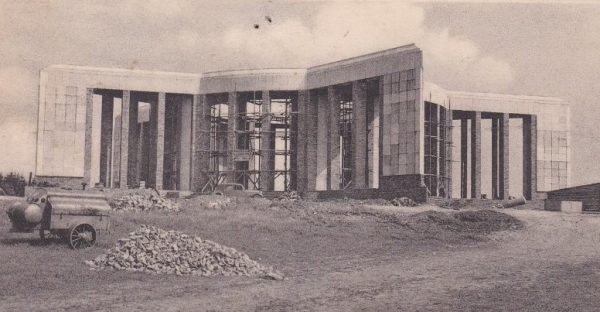
The Mardasson hill was most suitable to carry a large monument because of its geographical position, a high ground one mile north east of the city, to provide a panoramic view of the surrounding area and secondly the historical significance of it as this was the closest the Germans ever came to Bastogne.
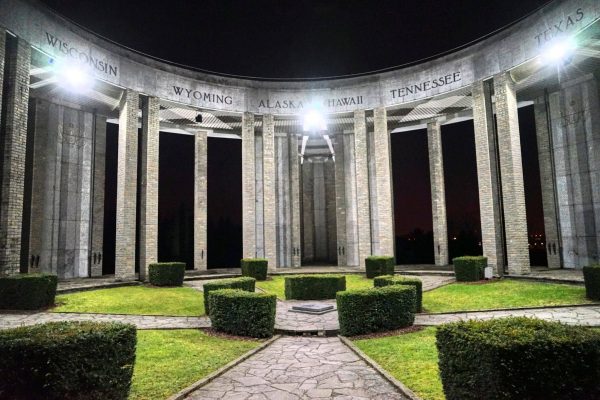
Photo courtesy of Jo Segers
On the southern slope, the 907th Glider Field Artillery Battalion had set up two batteries of 105 mm Howitzers to provide fire support to the 501 PIR, with A battery on the eastern side, adjacent to a quarry and B battery near the rail way bank to the west. A reconnaissance patrol was sent to the north on the 18th of December which resulted in a firefight with an advance party from the 26 Volksgrenadier Division. Later, two German corpses were collected from this swampy pasture.
On July 16, 1950 the Memorial was officially inaugurated in the presence of General Anthony C. McAuliffe, Acting Division Commander of the Screaming Eagles, who was bestowed Honorary Citizenship of Bastogne.
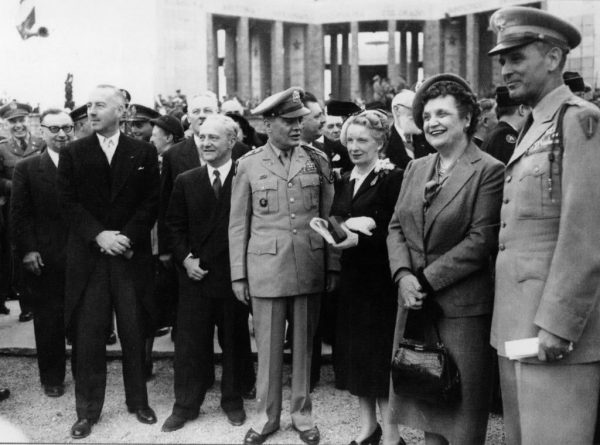
Architect: George Dedoyard Constructor: Felicien Calay Illustrator Crypt: Fernand Léger
